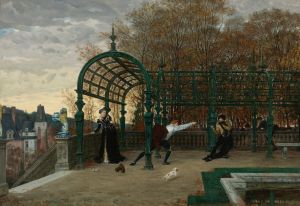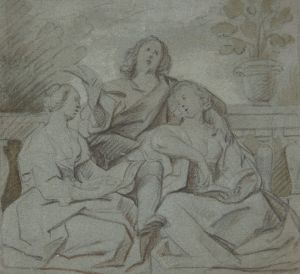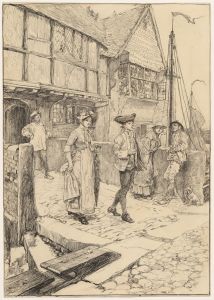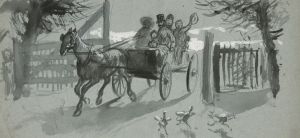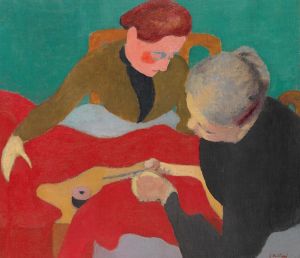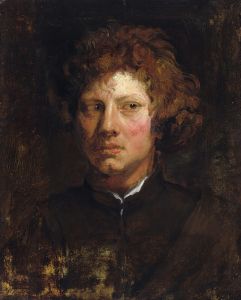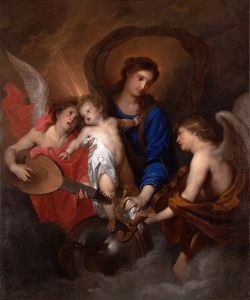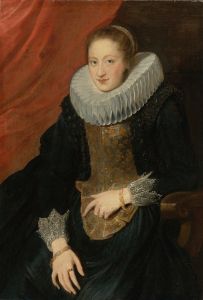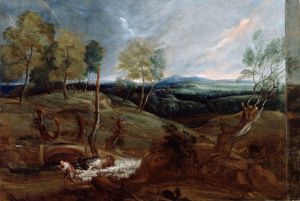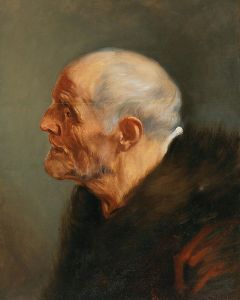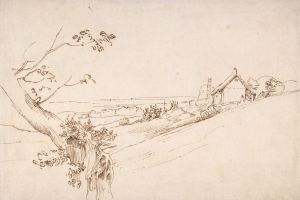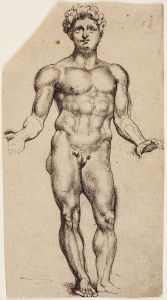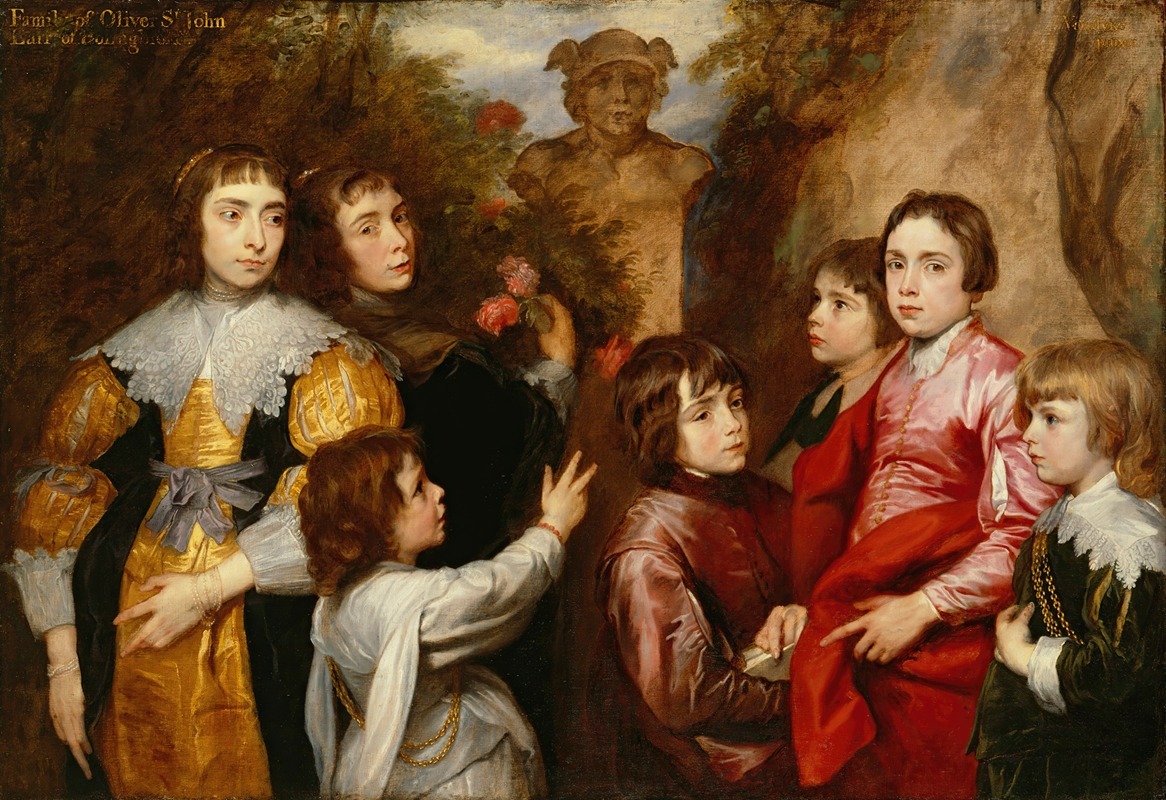
A Family Group
A hand-painted replica of Anthony van Dyck’s masterpiece A Family Group, meticulously crafted by professional artists to capture the true essence of the original. Each piece is created with museum-quality canvas and rare mineral pigments, carefully painted by experienced artists with delicate brushstrokes and rich, layered colors to perfectly recreate the texture of the original artwork. Unlike machine-printed reproductions, this hand-painted version brings the painting to life, infused with the artist’s emotions and skill in every stroke. Whether for personal collection or home decoration, it instantly elevates the artistic atmosphere of any space.
"A Family Group" is a painting by the renowned Flemish Baroque artist Anthony van Dyck, who was a leading court painter in England and one of the most prominent portraitists of the 17th century. Van Dyck was born in Antwerp in 1599 and became a master in the Guild of Saint Luke in Antwerp by the age of 19. He was a student of Peter Paul Rubens, whose influence is evident in van Dyck's work, particularly in his use of color and composition.
The painting "A Family Group" is an example of van Dyck's skill in portraiture, capturing the likeness and character of his subjects with elegance and sophistication. Van Dyck's portraits are known for their psychological depth and the way they convey the status and personality of the sitters. His ability to depict the textures of fabrics and the subtleties of human expression made him a sought-after portraitist among the European aristocracy.
While specific details about "A Family Group" are limited, it is characteristic of van Dyck's style during his time in England, where he served as the principal court painter to King Charles I. His work during this period often included portraits of the nobility and royal family, capturing the opulence and grandeur of the English court. Van Dyck's portraits from this era are noted for their relaxed elegance and the way they convey the grace and dignity of his subjects.
In "A Family Group," van Dyck likely employed his typical compositional techniques, arranging the figures in a way that emphasizes their relationships and social standing. His use of light and shadow would have added depth and drama to the scene, highlighting the faces and expressions of the family members. Van Dyck's portraits often feature rich, warm colors and a soft, atmospheric quality that enhances the overall sense of intimacy and immediacy.
Van Dyck's influence on portrait painting was significant, and his style set a standard for court portraiture that persisted long after his death in 1641. His ability to blend the grandeur of Baroque art with a more personal and approachable depiction of his subjects made his work particularly appealing to the aristocracy of his time.
Although specific information about the provenance or current location of "A Family Group" is not provided here, van Dyck's works are held in major museums and collections around the world, including the National Gallery in London, the Louvre in Paris, and the Prado Museum in Madrid. His legacy as one of the foremost portrait painters of the Baroque period remains firmly established, and his works continue to be studied and admired for their technical mastery and artistic innovation.





